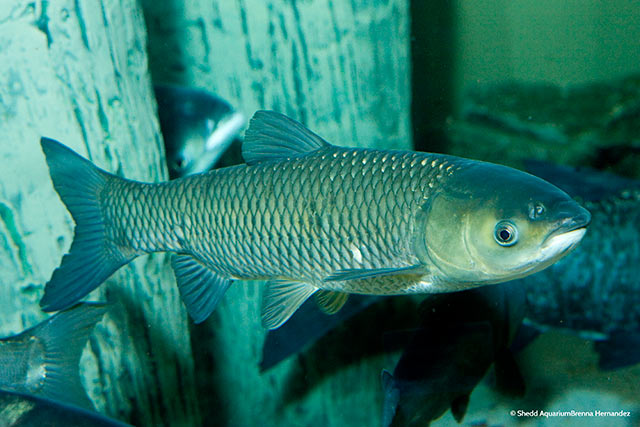Alerts
Please be advised that our bird aviaries are open!
Your Toronto Zoo is committed to the health and safety of the animals in our care. We take proactive steps to protect our birds from Avian Influenza which has been confirmed in a wild bird in southern Ontario, and some birds may still be off display.
Please note Splash Island is still closed and will not open until July due to unforeseen delays in construction. Please watch for updates on https://www.torontozoo.com/tz/splash or on our social media pages. Thank you!
Please note the following animals are currently not on display due to various reasons including Avian Bird Flu, and Covid-19 sensitivity:
- Flamingo, peacock, owl, bald eagle, and aviaries
- Some Kids Zoo Animals
- Cougar
- Moose
- Kangaroo walk through (kangaroos are still visible)
- Axolotl
We apologize for the inconvenience!


Fish
Location at the Zoo:
Indo-Malaya
Region: Southeast Asia
Grass Carp
One of four carp species collectively referred to as Asian carp and native to Southeast Asia, the grass carp has large cycloid scales on the back and sides outlined by pigment giving it a cross-hatched appearance. The grass carp has an oblong body, slightly flattened head and can be black to olive-brown in colour with brassy or silvery-white sides. Consuming approximately 40% of their body weight each day over their 10 year lifespan, grass carp reach a maximum size of 1.5 m in length and can weigh up to 45 kg.Conservation Status: IUCN
